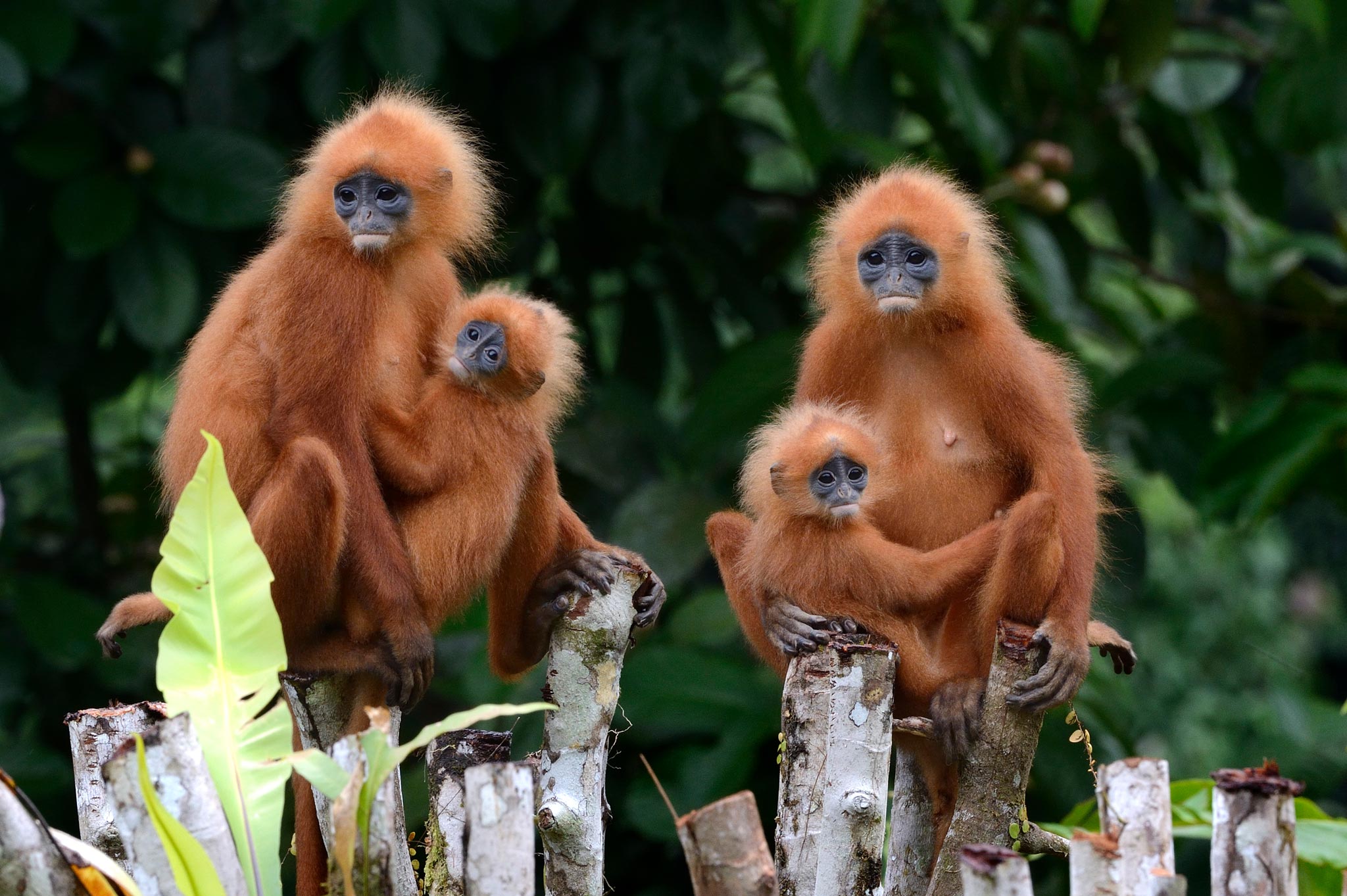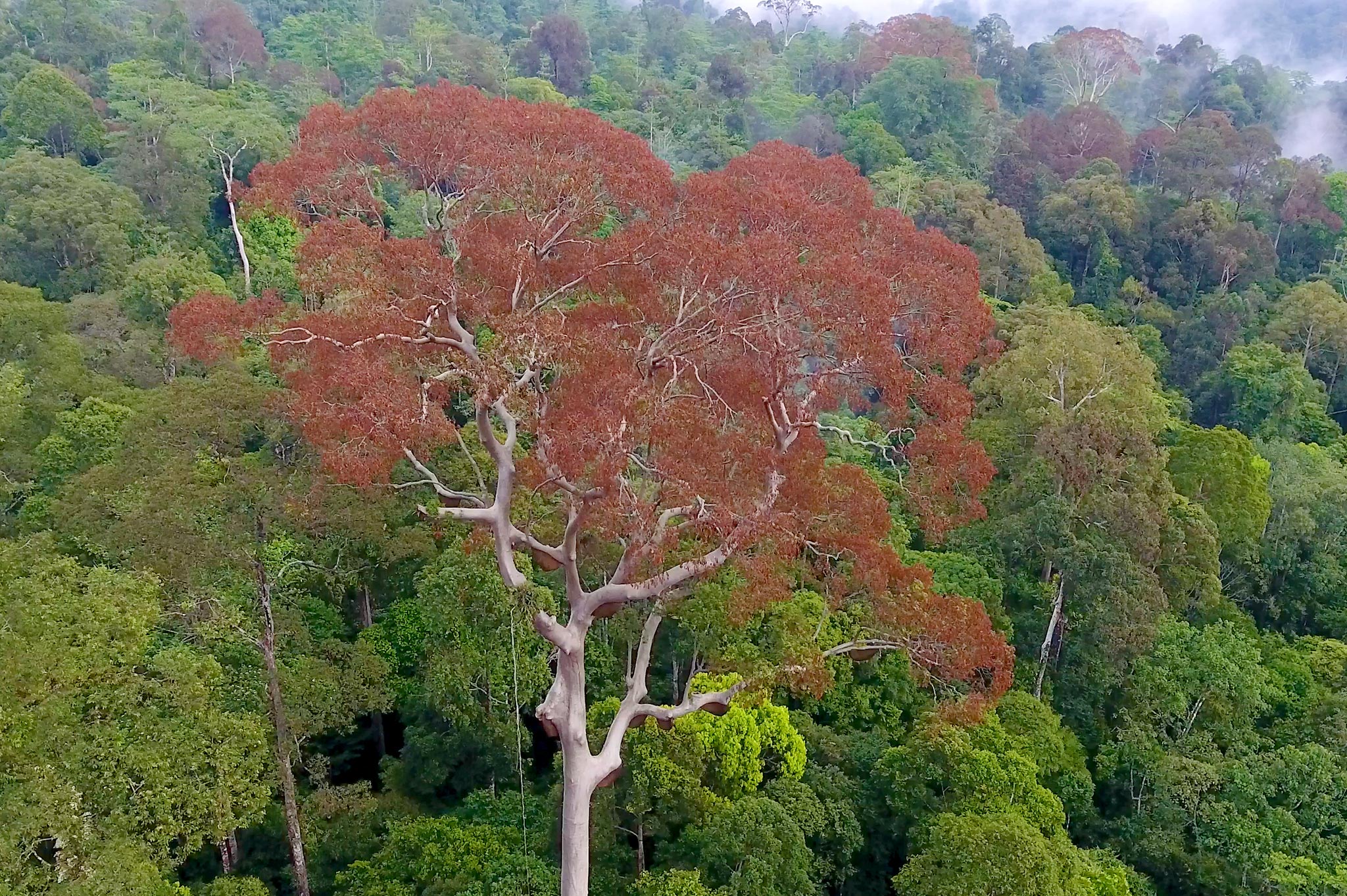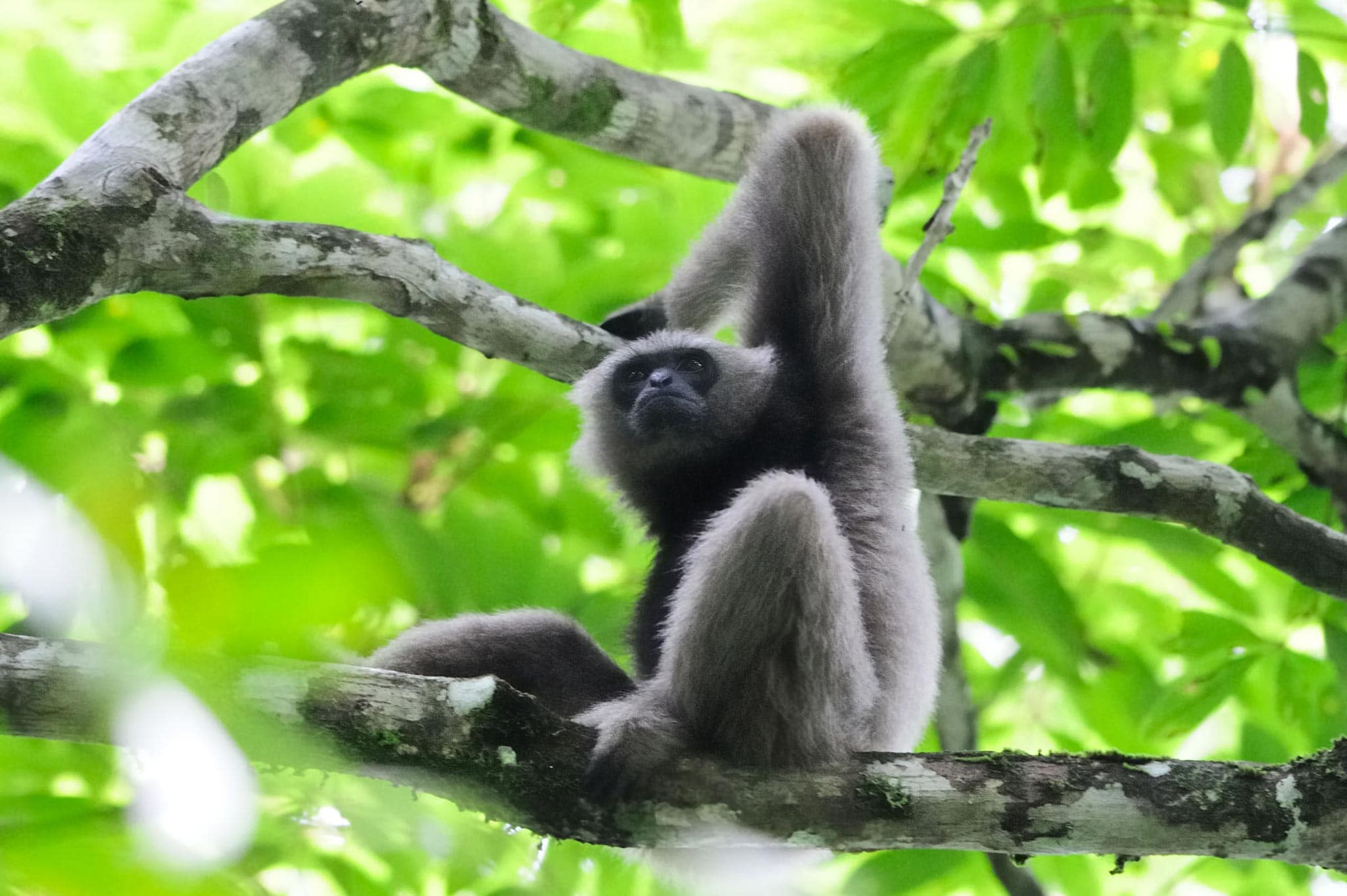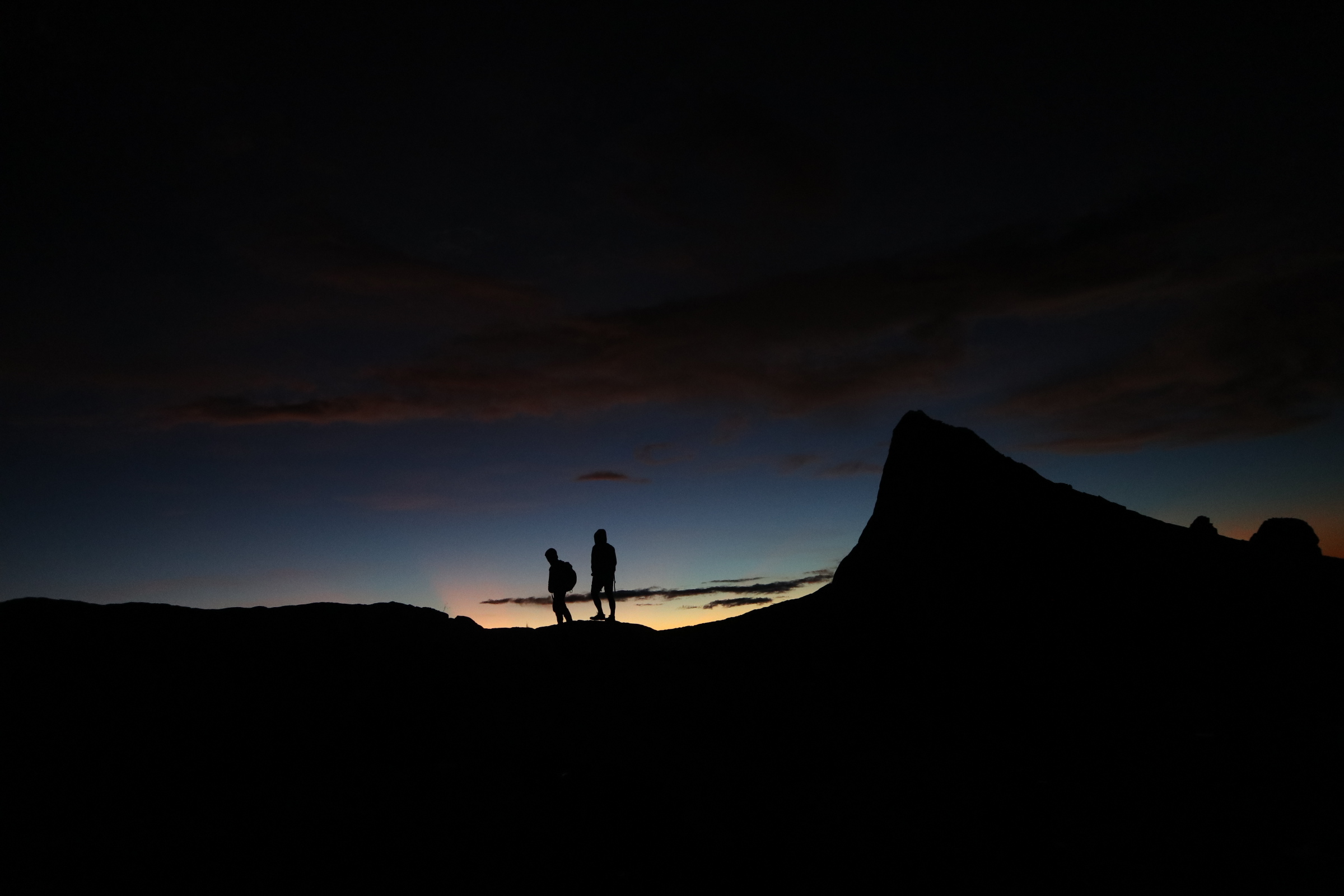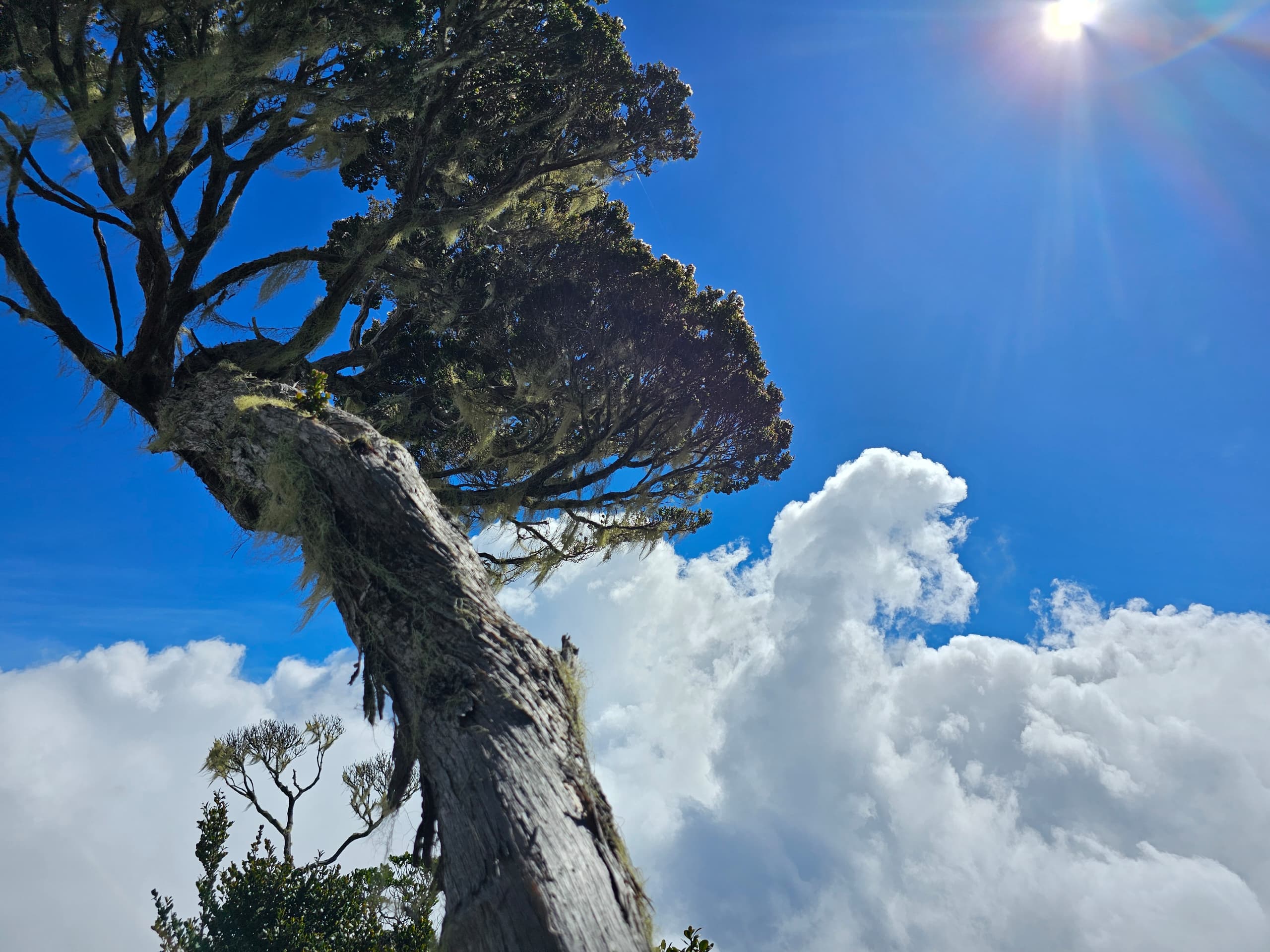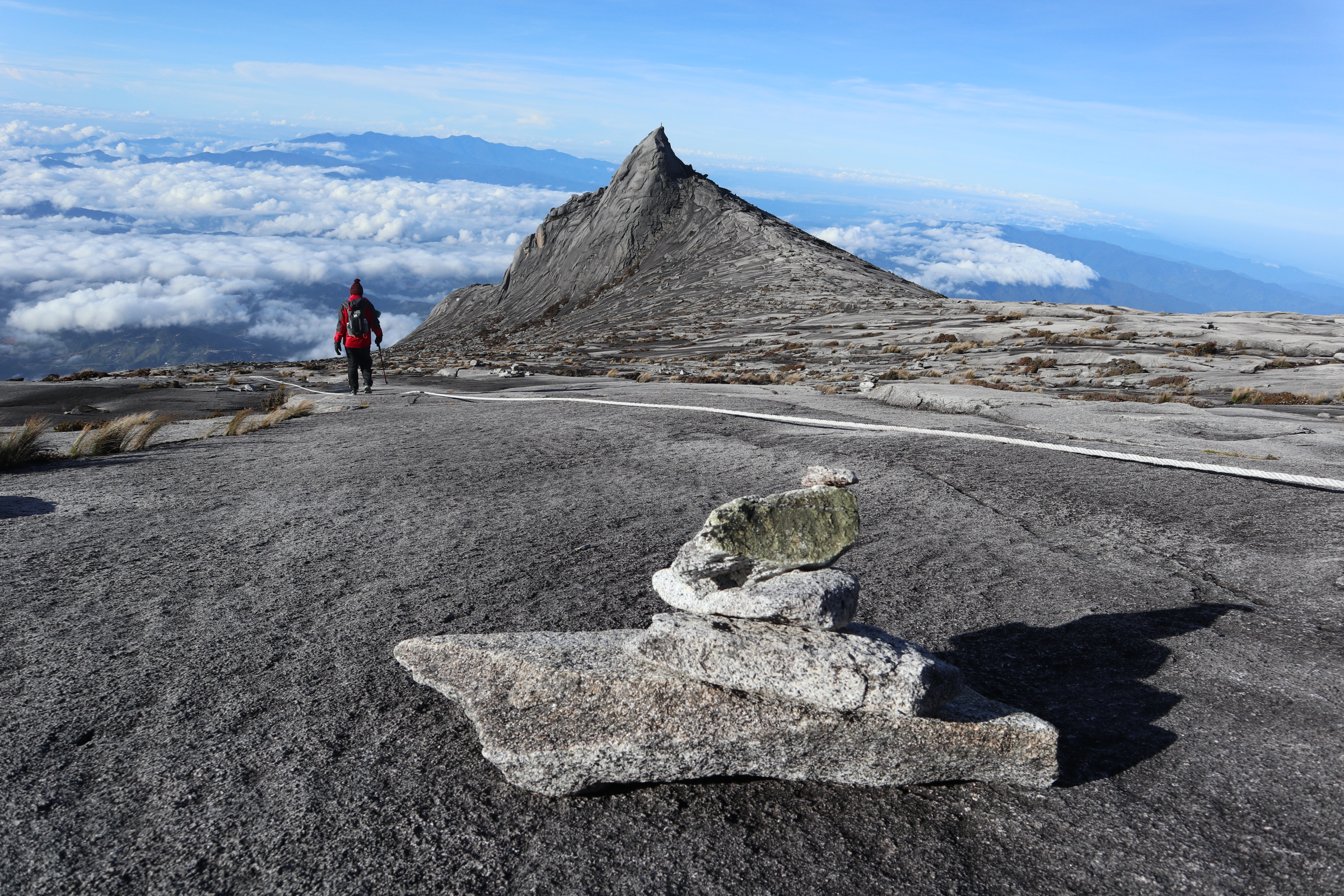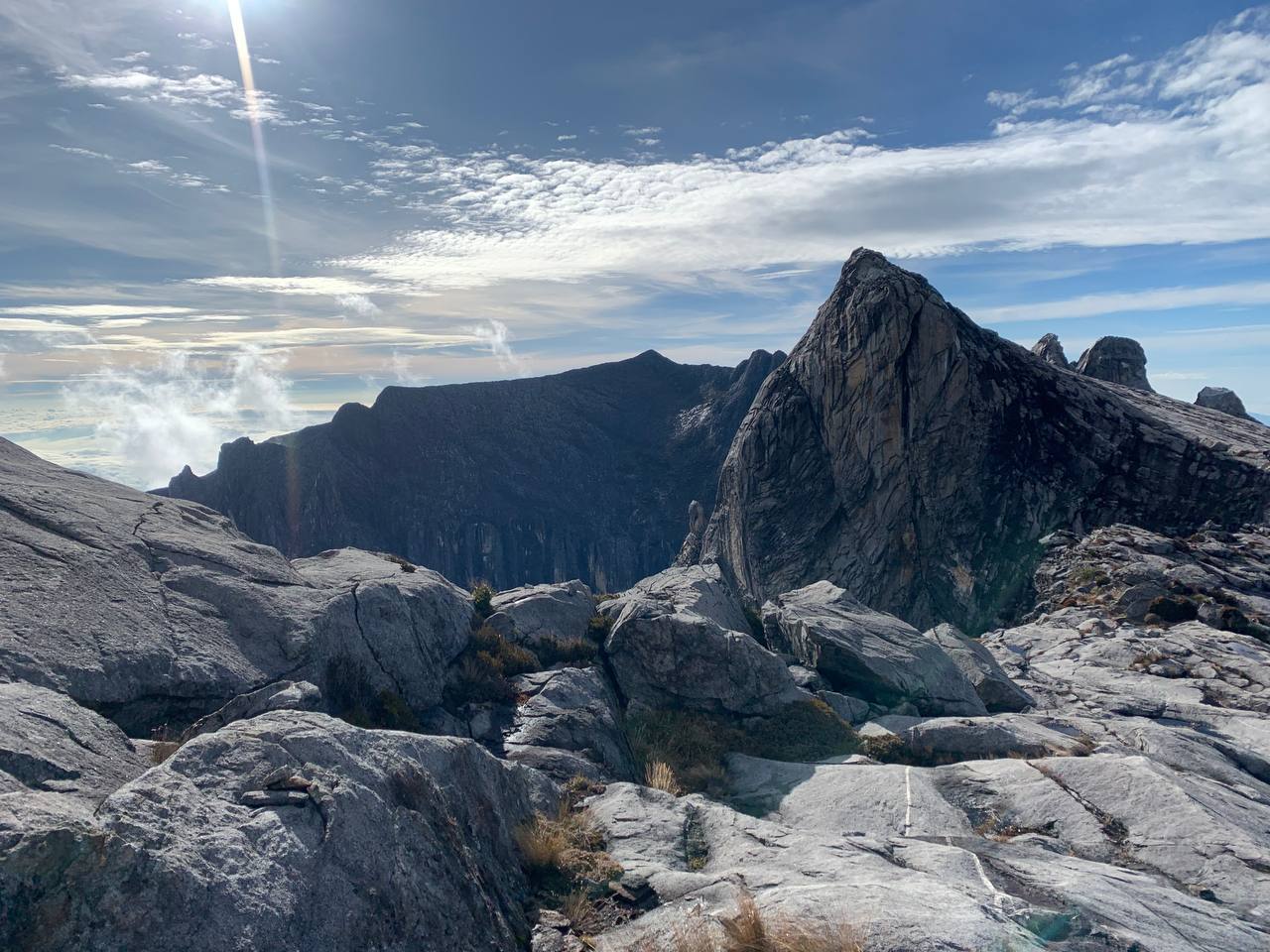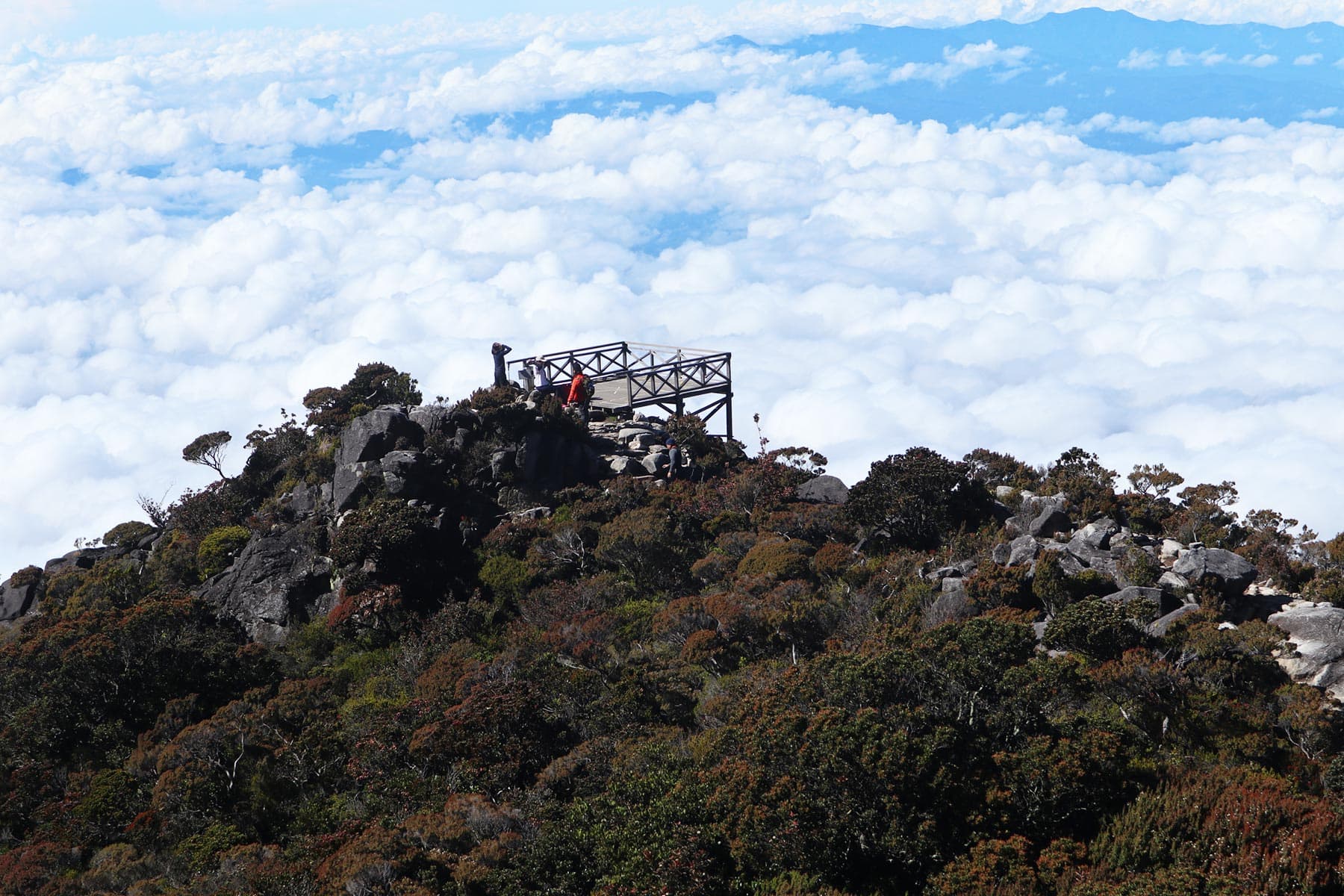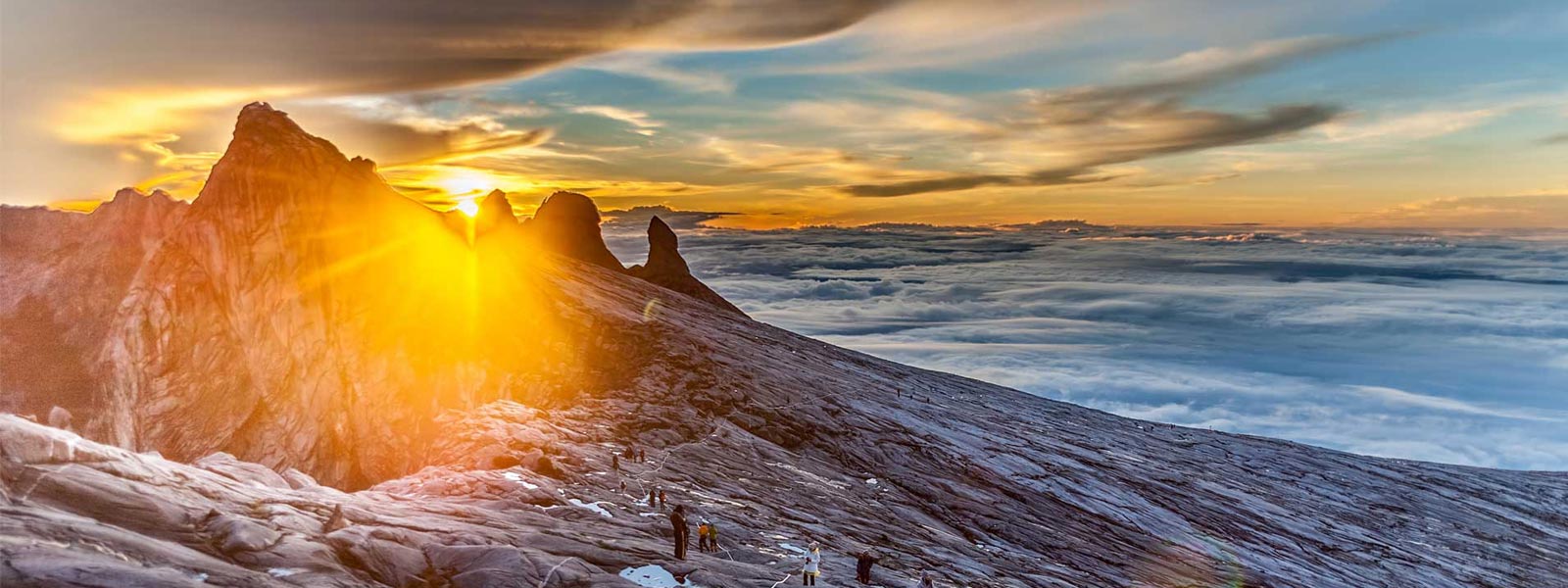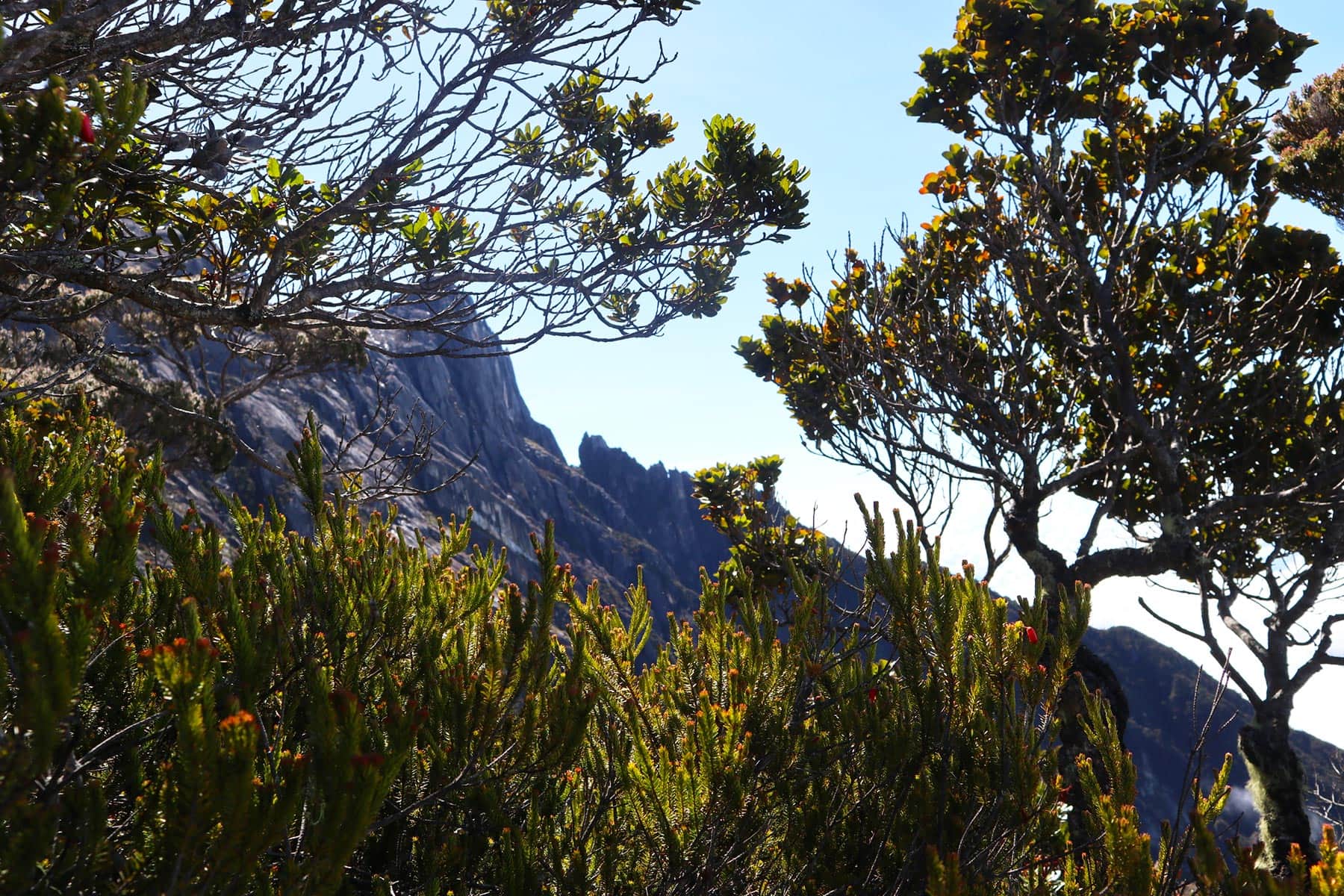When people talk about climbing Mount Kinabalu, the first question that usually comes up is very simple. How difficult is it really? You might hear different answers from different climbers, which can be confusing when you are trying to prepare. Some will say it is moderate. Some will say it is very tough. Others will say it is more of a mental challenge than a physical one. There is a reason for all these mixed opinions. The climb is not the same experience for everyone.
The truth is somewhere in the middle. Mount Kinabalu can feel manageable for someone with regular fitness, but it can feel extremely challenging for someone who has never done long hikes before. That is why understanding the Mount Kinabalu difficulty level in detail is so important. You will make better decisions, plan better, and avoid unpleasant surprises on the mountain. The mountain is not dangerous if you respect your body and follow the guidelines. However, it will test you in ways that you probably do not expect at first.
This guide explains everything in a straightforward and grounded way. No dramatic phrases. No exaggerated warnings. Just the real experience of what climbers usually notice, often only when they are already halfway up the trail. If you have been wondering whether the climb suits your fitness level, this article will help you understand the physical, mental, and environmental factors that decide how hard your climb will feel.
Understanding the Real Difficulty of Mount Kinabalu
Mount Kinabalu stands at 4,095 metres. Most people underestimate what that number means. The mountain is not technical, which means you do not need climbing ropes or specialised mountaineering skills. The standard trail does not. You will not deal with dangerous ledges or steep vertical walls. The trail is well maintained, and it is clear from start to finish.
The only exception is the Via Ferrata route. That route involves fixed cables, ladders, and specific climbing techniques, so it requires additional training and guidance.
However, the difficulty is not in the technical aspect. It is in the endurance, the altitude, and the mental pressure that builds slowly as you get higher. If you have climbed smaller mountains or done long-distance hikes, you will have an easier time understanding the pattern of the climb. If you have never done anything longer than a casual nature trail, you will feel the challenge much earlier.
The Mount Kinabalu difficulty level becomes clearer when you break it down into different elements. Each one contributes to the overall experience of how tough the climb feels.
Trail Structure and How It Affects Difficulty
The climb is divided into two parts:
Day 1: Timpohon Gate to the mountain lodge
Day 2: Summit push from the lodge to Low’s Peak
Each section has its own type of difficulty, so let me walk you through them.
Day 1: Steady, Continuous Uphill Walking
The first day is a long, moderate ascent. The steps are rocky and uneven. Some sections are steeper than others, but the pattern remains consistent. You go up and up without long breaks of flat ground. There is something you will probably notice after the first hour, the climb does not give you many opportunities to relax your legs.

I have to mention this too. Many climbers say, “The first day is easy.” They are usually the climbers who already hike regularly. If you are not used to long uphill walks, you will feel your thighs and calves working very hard, and this is completely normal. The key is to take it slowly and rest often. The mountain is not a race.
Day 2: Midnight Climb and Altitude Challenge
The second day is where the real experience begins. Most climbers start around 2 AM. Because of the darkness, your senses feel different. You will hear your own breathing much more clearly. The cold settles in quickly at higher elevations. Your body is still half asleep, and your muscles warm up slowly.

The granite slope leading to the summit is where the Mount Kinabalu difficulty level becomes obvious. The incline is steady. The wind can be quite strong. Your steps feel heavier because of the thin air. You will probably notice that your usual walking pace does not work here. Climbers who rush in the dark often end up exhausted before reaching the final stretch.
And the final stretch is where you need both mental and physical strength. It is not dangerous if you stay focused, but it is challenging. The summit plateau is wide, and the air is noticeably thinner. You will feel your heartbeat getting faster even at a slower pace.
How Altitude Changes the Entire Experience
Altitude is the biggest factor that increases the Mount Kinabalu difficulty level. This is the part many first-time climbers underestimate.
Once you go beyond 3,000 metres, the oxygen level in the air becomes significantly lower. Your lungs work harder to get the same amount of oxygen you are used to at sea level. You move more slowly without even realising it. Your steps become heavier. Your breathing feels louder in your ears.
Here are common altitude-related things climbers experience:
- Headache
- Light dizziness
- Nausea
- Loss of appetite
- Faster heart rate
- Slower walking pace
Not everyone feels these symptoms, but many do. The mountain guides always advise you to drink more water and rest often, not because the trail is extremely technical, but because altitude changes everything. Even climbers with good fitness levels feel the difference.
One small observation from many climbers, the altitude usually starts to affect them at the lodge, not during the first day. When they wake up for the summit attempt, the symptoms become more noticeable.
Strength and Endurance Requirements
You do not need to be an athlete to climb Mount Kinabalu, but you do need basic endurance. The climb demands consistent effort for many hours. Your legs carry most of the load. Your core and back also work harder than you might expect, especially when your posture changes while climbing steep steps.
Here is a simple way to understand whether your fitness is currently enough:
- You can walk uphill for at least one hour without stopping for long breaks.
- You can climb long staircases without feeling totally exhausted.
- You do some form of physical activity two or three times a week.
If none of these describe you, you can still climb the mountain, but you will need more time, patience, and preparation.
I have to mention this because many people realise it too late, climbing down is also difficult. The descent puts a lot of pressure on your knees and hips. Many climbers say the descent feels harder than going up. The trail is rocky and steep, and your legs are already tired from climbing to the summit. Walking poles help a lot here, and many guides quietly recommend them for good reason.
Weather Conditions and How They Influence Difficulty
Mount Kinabalu has unpredictable weather. Even if you go during the drier months, sudden rain or thick clouds are still possible. The weather affects difficulty in several ways.
Cold Temperatures
At higher altitudes, the temperature can drop close to freezing. You will feel the cold more strongly during the summit push because of the wind. Cold muscles tighten, and tight muscles make climbing feel more difficult.
Rain
Rain makes the trail slippery, especially the first-day forest steps and the granite slope near the summit. When the rope section becomes wet, you need to rely more on your balance and core strength.
Wind
Strong winds near the summit can slow your pace. You will lean forward slightly to stabilise yourself. The final ridge to Low’s Peak feels more tiring when the wind pushes against you.
How Weather Adds to the Mount Kinabalu Difficulty Level?
The mountain is not dangerous in normal conditions. However, bad weather adds layers of challenge that your body must manage on top of altitude and fatigue. This is why climbers who prepare for weather changes usually have a better time.
Mental Strength and How It Plays a Role
Mount Kinabalu is often described as a mental challenge as much as a physical one. The mountain tests your patience, especially during long uphill stretches. You will reach a point where your legs feel heavy, your breathing becomes louder, and you start calculating how much longer you need to climb. This moment happens to almost everyone.
Your mental strength helps you continue when your body starts to hesitate. You do not need extreme mental toughness. You only need a calm, steady mindset and a willingness to move slowly but consistently.
A few real feelings climbers often report:
- “I was surprised by how slow I became at altitude.”
- “I thought I would quit halfway, but my guide kept reminding me to breathe slowly.”
- “The darkness made me doubt myself for a few minutes.”
- “I felt stronger after sunrise.”
These thoughts are normal. The Mount Kinabalu difficulty level feels quite different when you are alone with your thoughts in the dark at high altitude. If you prepare yourself mentally, you will find that the climb becomes more manageable.
Time Pressure and Why It Matters
The mountain has a strict timing system. Climbers must reach certain checkpoints by certain times. This is for safety reasons, especially related to weather and altitude. While the timing is reasonable for most people, it can create pressure for slower climbers.
The cutoff time before the summit gate is significant. If you reach it too late, you cannot continue. Climbers who are close to the cutoff time usually feel the pressure the most. It affects their energy levels, their breathing, and their pacing.
If you walk regularly before your climb, this timing system will not feel overwhelming. If you do not train at all, you may feel that the mountain dictates your pace instead of the other way around.
What Makes the Climb Achievable for Most People?
Despite its challenges, thousands of climbers reach the summit every year. The mountain looks intimidating at first, but the trail is manageable with proper pacing. Here are factors that help many climbers succeed:
- Well-Maintained Trail: There are steps, ropes, railings, and clear markings. You will not get lost.
- Professional Licensed Guides: Your guide supports you, reminds you about your breathing, and helps you adjust your pace. Many climbers say their guide was the reason they reached the top.
- Better Preparation: Those who walk regularly, climb stairs, or do simple cardio find the climb much easier.
- Slow and Steady Strategy: This is the most important part. The mountain rewards patience. Climbers who rush often burn out early.
Training Tips That Match the Real Difficulty
If you want a smoother climb, a few weeks of preparation will make a noticeable difference.
- Simple Training That Works Well
- Daily stair climbing
- Weekend uphill walks
- Light jogging or brisk walking
- Leg strengthening exercises
- Core stability workouts
All of these build the muscles you will use on the climb.
Training That Many Climbers Forget:
Descending practice is important. Your legs must handle downward pressure for hours during the descent from the summit. If you strengthen your quads and knees beforehand, your recovery will be much easier.
Who Usually Finds the Climb More Difficult?
Some groups naturally find the Mount Kinabalu difficulty level higher:
- People with knee problems
- People who rarely exercise
- People sensitive to altitude
- People who start too fast and burn out
- People carrying overweight backpacks
This does not mean the climb is impossible for them. It simply means they need more preparation and more rest stops.
Who Usually Finds the Climb Manageable?
On the other hand, climbers with these backgrounds usually do well:
- Regular gym-goers
- People with hiking experience
- People who walk often
- People with strong leg endurance
- People who maintain a slow, steady pace
Fitness does not guarantee success, but it certainly improves your comfort level.
A Realistic Summary of the Mount Kinabalu Difficulty Level
If you want a simple, honest description, this is it:
- Mount Kinabalu is a challenging hike, but it is not technical.
- The difficulty increases with altitude, cold, fatigue, and pacing mistakes.
- Most people can reach the summit with proper preparation, patience, and guidance.
It is tough enough to feel like an achievement, but manageable enough for everyday people who commit to preparing for it. Many climbers say the experience changed their outlook on their own capabilities.
Mount Kinabalu demands respect, steady breathing, and patience. If you give the mountain these three things, the summit is within your reach.


